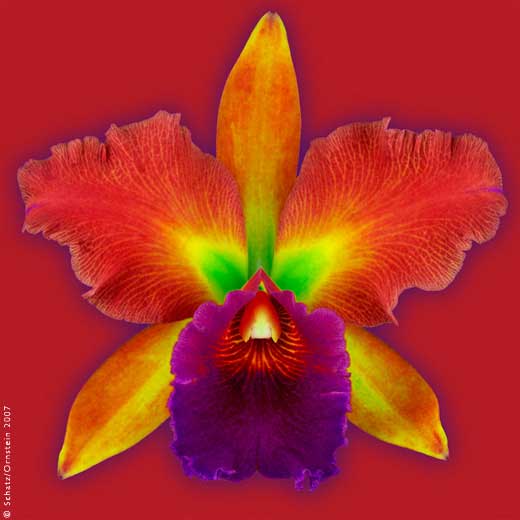Tourism, Top Nature & Parks in Sierra De la Ventana.

Very Natural Biomas.
Almost the entire Province of Buenos Aires is known for its large plains and its far horizons. But the great fertility of its soils has been modified by man, who replaced the native pastures with crops and cattle, and now with millonaire soy.
Various plant and animal species exist only in this place. Seeing them in action is not a miracle at all. It is possible to run into many of them during any ascent in the local hills. Spring and summer are the best times in the year to do so, though autumn is the most tempting season due to its colorful ocher and yellow shades.
Sierra de la Ventana Flora and Fauna
Flora and Fauna in the Heights.

Between the nine hundred and the one thousand meters of height, it is possible to watch the famous Casuhatí iguana, a variety only found in this area of the planet. The males, which have a green color, and the females, which have ocher-colored skin, feed on small unique snails which are also typical from this mountain range.
The guanacos are another great local attraction and they may be observed in herds while they prowl around the high pastures located above the one thousand meters of height. These camelids form groups made up by one male and several females with their offspring. They are taller and larger than those in Patagonia and the color of their fur gets completely mingled with the mountain range pastures.
source: Images of the World
If you liked this article, subscribe to the feed by clicking the image below to keep informed about new contents of the blog:















Comments
Post a Comment